Tìm kiếm máy hút bụi xe hơi 100w, sau đó xem lựa chọn tại Alibaba.com. Tìm chúng với nhiều màu sắc khác nhau, công suất nguồn và các tính năng tùy chọn. Là một nhà bán lẻ hoặc nhà bán buôn sáng suốt, bạn nên đảm bảo máy hút bụi xe hơi 100w phù hợp với mọi kỳ vọng. Đó là lý do tại sao thật may mắn khi có rất nhiều sự lựa chọn.
Đối với máy hút bụi xe hơi 100w, màu sắc rất quan trọng đối với thương hiệu. Với việc các nhà cung cấp cung cấp dịch vụ in tùy chỉnh theo đơn đặt hàng lớn, bạn có thể dễ dàng thiết lập tông màu, bất kể nhãn hiệu hay mục đích. Có lẽ chỉ một số ít, tất cả đều có cùng màu, là cần thiết cho việc kinh doanh cảnh quan. Tuy nhiên, toàn bộ dòng dụng cụ làm vườn cũng có thể được tạo ra mà khách hàng sẽ nhận ra ở khắp mọi nơi.
Một loạt các tính năng cũng rất quan trọng đối với máy hút bụi xe hơi 100w. Alibaba.com cung cấp các loại chỉ thổi, một số loại có thể chuyển đổi thành chân không và một số loại khác có túi đính kèm. Tùy thuộc vào yêu cầu cụ thể, tìm máy thổi nhẹ đến nặng hơn. Ở một số vùng khí hậu, một số máy thổi đủ linh hoạt để giúp loại bỏ tuyết trên vỉa hè. Các tùy chọn và tính năng luôn được cân nhắc quan trọng trong bất kỳ giao dịch mua nào.
máy hút bụi xe hơi 100w là những công cụ làm vườn tiện dụng. Vì có rất nhiều tính năng để bạn lựa chọn, nên Alibaba.com có một lựa chọn tuyệt vời về các nhà cung cấp để giúp xác định chính xác chiếc quạt gió hoàn hảo. Cho dù đó là một số ít hay nhiều xe tải, hãy tùy chỉnh đơn đặt hàng hoàn hảo với mức giá hoàn hảo cho bất kỳ doanh nghiệp nào.




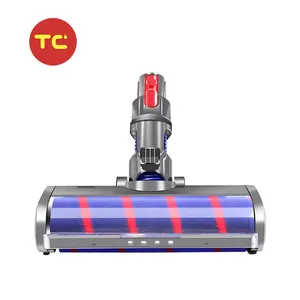












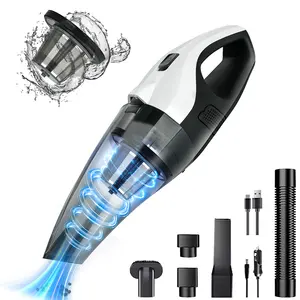
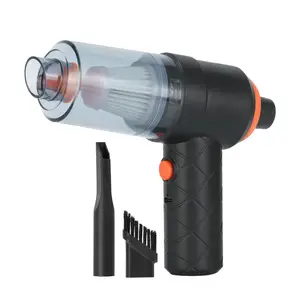



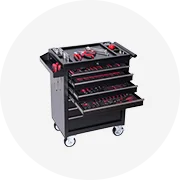

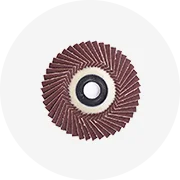




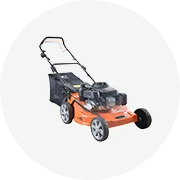
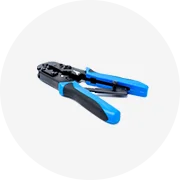



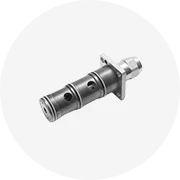
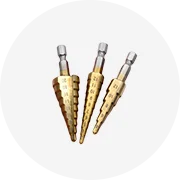









 浙公网安备 33010002000092号
浙公网安备 33010002000092号 浙B2-20120091-4
浙B2-20120091-4